Home>Garden Essentials>How Much Grass Seed To Use
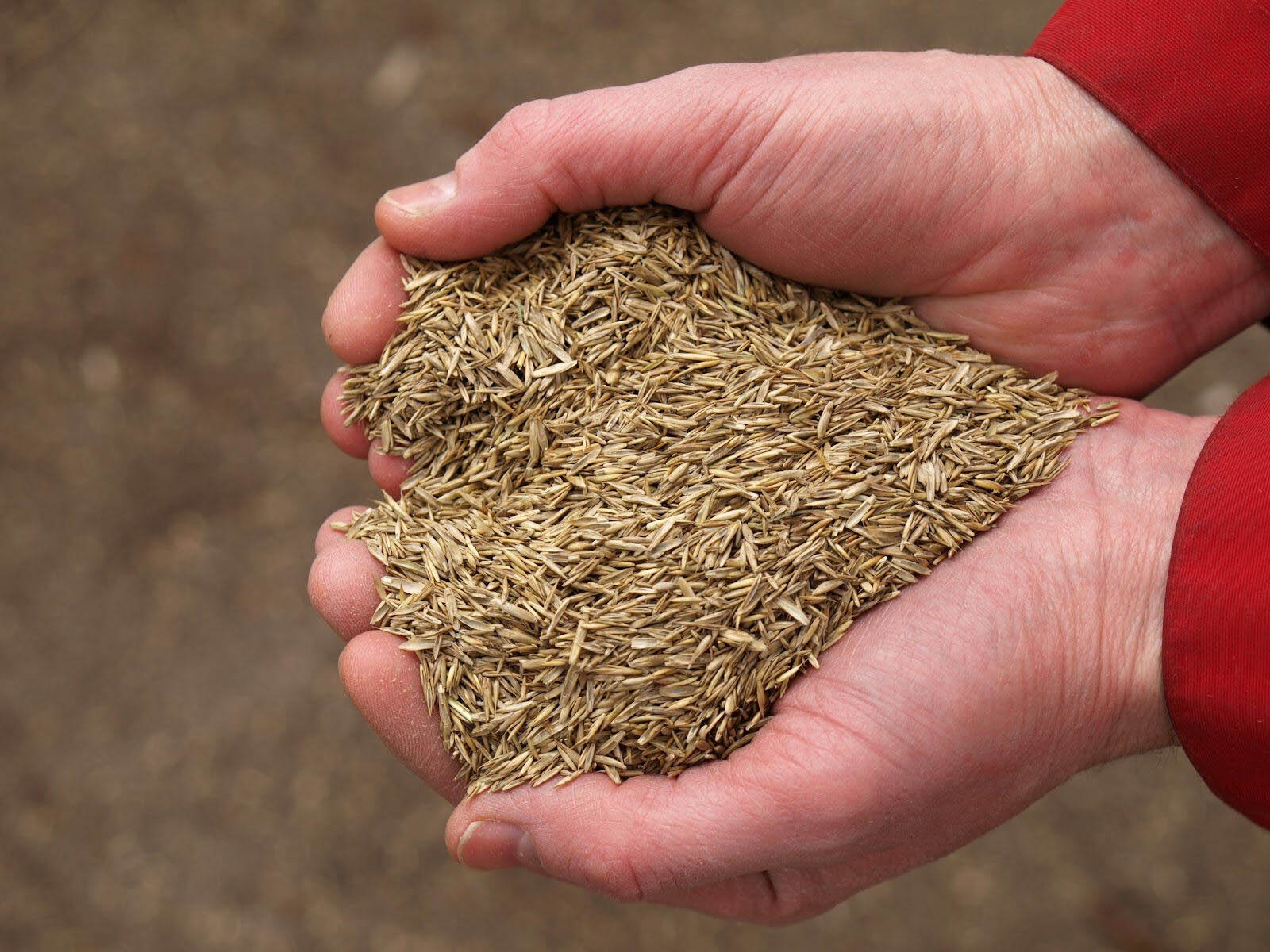

Garden Essentials
How Much Grass Seed To Use
Modified: March 16, 2024
Find out the perfect amount of grass seed for your garden with our helpful guide. Achieve a lush and vibrant lawn with expert advice on seeding techniques and quantities
(Many of the links in this article redirect to a specific reviewed product. Your purchase of these products through affiliate links helps to generate commission for Storables.com, at no extra cost. Learn more)
Introduction
Welcome to the world of gardening, where beautiful landscapes and lush green lawns come to life. If you’re planning on starting a new lawn or reseeding an existing one, knowing how much grass seed to use is essential for achieving the desired results. In this article, we will explore the factors to consider and the calculations necessary to determine the amount of grass seed needed for your project.
When it comes to choosing the right amount of grass seed, there are several key factors to keep in mind. These include the size of the area you want to seed, the recommended grass seed coverage rate, and whether you are starting a new lawn or overseeding an existing one.
Before diving into the calculations, it’s important to accurately measure the area where you plan to sow the grass seed. This will help you determine the precise amount of seed needed and prevent wastage or shortages.
Next, you need to understand the recommended grass seed coverage rate. This rate varies depending on the type of grass and the brand of seed you are using. It refers to the amount of seed required to cover a certain area for optimal growth and coverage.
Calculating the amount of seed needed involves a simple formula. You will multiply the area measurement by the grass seed coverage rate, which will give you the total amount of seed required for your project. However, if you are overseeding an existing lawn, you will need to make adjustments to the calculation to account for the existing grass and ensure proper seed-to-soil contact.
By following these guidelines and making the necessary calculations, you can ensure that you have the right amount of grass seed for your particular project. This will help you achieve a beautiful and thriving lawn that will be the envy of your neighbors.
In the next sections, we will dive deeper into each factor to consider when determining how much grass seed to use. We will guide you through the process of accurately measuring the area, understanding the grass seed coverage rate, and making the necessary adjustments for overseeding. So, let’s get started!
Key Takeaways:
- Measure your lawn accurately to avoid wasting or running short on grass seed. Use measuring tape or digital tools for precise measurements.
- Adjust the amount of grass seed if overseeding an existing lawn. Reduce the seeding rate by about 25% to account for existing grass coverage.
Read more: How Much Seed To Use When Overseeding
Factors to Consider
When determining how much grass seed to use, it’s crucial to take into account several factors that can influence the amount of seed needed for your project. These factors include the size of the area, the type of grass seed, the recommended grass seed coverage rate, and whether you are starting a new lawn or overseeding an existing one.
First and foremost, accurately measuring the area where you plan to sow the grass seed is essential. This will help you determine the square footage or square meterage of the space and ensure that you purchase the correct amount of seed. Whether you’re working with a small backyard or a large commercial property, it’s important to take precise measurements to avoid either wastage or shortage of seed.
The type of grass seed you choose also plays a significant role in determining how much you will need. Different grass species have different growth habits and coverage rates. Some species have smaller seeds that require a higher seeding rate, while others have larger seeds and require a lower seeding rate. Additionally, different brands or varieties of seed may have different coverage rates, so be sure to read the instructions on the seed packaging or consult with a knowledgeable professional.
The recommended grass seed coverage rate is another vital factor to consider. This rate indicates the amount of seed required to cover a specific area for optimal germination, growth, and coverage. It is typically expressed in pounds per square foot or kilograms per square meter. Keep in mind that the coverage rate may vary depending on the type of grass and the specific brand or variety of seed you choose. It’s important to follow the recommended coverage rate to ensure successful establishment and lush growth of your lawn.
Lastly, the condition of your existing lawn, if you are overseeding, will influence the amount of seed needed. Overseeding involves adding additional seed to an established lawn to thicken the turf and fill in bare spots. In this case, you may need to adjust the amount of seed based on the condition and density of the existing grass. A rule of thumb is to reduce the seeding rate by about 25% when overseeding to account for the existing grass and ensure proper seed-to-soil contact.
By considering these factors – area measurement, grass seed type, coverage rate, and overseeding adjustments – you can determine the right amount of grass seed to use for your project. Taking the time to calculate the correct quantity will save you from wasting excess seed or having an insufficient amount for proper establishment. Now that we have discussed the factors, let’s delve into the specifics of measuring the area and calculating seed amounts in the next sections.
Area Measurement
Accurate measurement of the area is vital when determining how much grass seed to use for your project. This measurement will help you calculate the square footage or square meterage of the space you plan to sow the seed, ensuring that you purchase the correct amount of seed and avoid wastage or shortage.
There are a few different methods you can use to measure the area. The most straightforward method is to use a measuring tape or a measuring wheel to measure the length and width of the space. For irregularly shaped areas, you can break it down into smaller sections and measure each section individually before adding up the total area.
If you have a larger area or if you prefer a more precise measurement, you can use a digital measuring tool such as a laser distance measurer or a GPS-based measuring app on your smartphone. These tools can provide accurate measurements quickly and easily, even for complex or irregularly shaped spaces.
Once you have the measurements, you will need to calculate the area. For square or rectangular areas, you can simply multiply the length by the width. For example, if your lawn measures 40 feet in length and 30 feet in width, the calculation would be 40 ft x 30 ft = 1,200 square feet.
If the area is irregular in shape, you can divide it into smaller sections and calculate the area of each section individually. Then, sum up the areas of all the sections to get the total area. For example, if you have a lawn with two rectangular sections, one measuring 20 feet by 30 feet and the other measuring 15 feet by 25 feet, you would calculate the area of each section (20 ft x 30 ft = 600 square feet, 15 ft x 25 ft = 375 square feet), and then add them together (600 sq ft + 375 sq ft = 975 square feet).
It’s important to measure the area accurately to ensure that you have the correct square footage or square meterage for your calculations. Double-check your measurements and consider rounding up to the nearest whole number to ensure you have enough seed for complete coverage.
Now that you have measured the area, you are ready to move on to the next step: understanding the grass seed coverage rate. We will explore this in detail in the following section.
Grass Seed Coverage Rate
The grass seed coverage rate is a crucial factor to consider when determining how much grass seed to use. It refers to the recommended amount of seed required to cover a specific area for optimal germination, growth, and coverage. Understanding the coverage rate will help you calculate the right amount of seed needed for your project.
The grass seed coverage rate is typically expressed in pounds per square foot (lb/ft²) or kilograms per square meter (kg/m²). Different grass species and varieties may have different coverage rates, so it’s important to refer to the seed packaging or consult with a knowledgeable professional to obtain the specific rate for the type of seed you are using.
The coverage rate is determined based on factors such as seed size, germination rate, and growth habit of the grass species. Generally, smaller grass seeds require a higher seeding rate to ensure adequate coverage and establishment, while larger seeds may require a lower rate.
For example, let’s say you are using a Kentucky Bluegrass seed with a recommended coverage rate of 3 pounds per 1,000 square feet. This means that for every 1,000 square feet of area, you would need to distribute 3 pounds of seed for optimal growth. If your lawn measures 2,000 square feet, you would then calculate the seed requirement by doubling the coverage rate: 3 lb/1,000 ft² x 2 = 6 pounds of seed for your project.
Remember that the grass seed coverage rate may vary depending on the specific brand or variety of seed you choose. Always refer to the seed packaging or consult with a professional to ensure you are using the correct rate for optimal results.
By understanding the grass seed coverage rate and multiplying it by the measured area, you can determine the initial amount of seed needed for your project. However, if you are overseeding an existing lawn, adjustments need to be made to account for the existing grass. We will explore this in the next section.
Now that you are familiar with the coverage rate, it’s time to move on to the calculations. We will explain how to calculate the amount of grass seed needed based on the measured area and the coverage rate in the upcoming section.
For new lawns, use 4-5 pounds of grass seed per 1,000 square feet. For overseeding, use 2-3 pounds per 1,000 square feet. Always follow the instructions on the seed packaging for best results.
Calculating Seed Amount
Calculating the amount of grass seed needed for your project involves a simple formula that takes into account the measured area and the grass seed coverage rate. By multiplying these two factors, you can determine the initial amount of seed required.
First, begin by measuring the area where you plan to sow the grass seed. Use a measuring tape or a digital measuring tool to obtain accurate measurements of the length and width of the space. Calculate the area by multiplying the length by the width in feet or meters.
Next, refer to the grass seed packaging or consult with a professional to determine the recommended coverage rate for the specific type of grass seed you are using. This rate is typically expressed in pounds per square foot (lb/ft²) or kilograms per square meter (kg/m²).
To calculate the amount of seed needed, multiply the measured area by the coverage rate. For example, if your lawn measures 1,500 square feet and the recommended coverage rate is 4 pounds per 1,000 square feet, the calculation would be as follows:
1,500 square feet / 1,000 square feet = 1.5 (conversion factor)
1.5 x 4 pounds = 6 pounds of seed needed
In this example, you would need 6 pounds of grass seed to cover your 1,500 square foot lawn at a rate of 4 pounds per 1,000 square feet.
It’s worth noting that the calculation assumes an even distribution of the seed across the entire area. However, in practice, it’s common to have areas with different seeding needs, such as slopes or shady spots. In those cases, you may need to adjust the seeding amount accordingly.
Now that you have calculated the initial amount of seed needed based on the measured area and the coverage rate, it’s important to consider any adjustments that may be required if you are overseeding an existing lawn. We will cover this topic in the next section.
Continue reading to learn about adjusting the seed amount for overseeding and to discover some additional tips for achieving the best results with your grass seeding project.
Adjusting for Overseeding
If you’re planning to overseed an existing lawn rather than starting from scratch, it’s important to make adjustments to the amount of grass seed needed. Overseeding involves adding additional seed to an established lawn to thicken the turf, fill in bare spots, and promote a healthier lawn overall.
When overseeding, you will typically need to reduce the amount of seed compared to establishing a new lawn. This is because the existing grass provides some coverage, and overseeding focuses on filling in gaps rather than completely starting from bare soil.
A common guideline is to reduce the seeding rate by about 25% when overseeding. This adjustment takes into account the existing grass and ensures proper seed-to-soil contact for optimal germination and growth without overcrowding the lawn.
To adjust the seed amount for overseeding, follow these steps:
- Determine the recommended coverage rate for the specific grass seed you are using. This information can be found on the seed packaging or obtained from a professional.
- Multiply the measured area by the coverage rate to calculate the initial amount of seed needed for a new lawn.
- Reduce the initial seed amount by approximately 25% to account for overseeding. This adjustment takes into consideration the existing grass coverage.
For example, let’s say your lawn measures 2,000 square feet, and the recommended coverage rate for new lawns is 3 pounds per 1,000 square feet. The calculation would be as follows:
2,000 square feet / 1,000 square feet = 2 (conversion factor)
2 x 3 pounds = 6 pounds of seed needed for a new lawn
6 pounds of seed x 0.75 (25% reduction) = 4.5 pounds of seed needed for overseeding
In this example, you would need approximately 4.5 pounds of grass seed to overseed your 2,000 square foot lawn, ensuring the existing grass is taken into account.
It’s important to note that overseeding may also require additional lawn care practices, such as dethatching or aerating the lawn to create better seed-to-soil contact and promote seed germination.
Now that you know how to adjust the seed amount for overseeding, it’s time to wrap up and summarize the key points we covered in this article.
Conclusion
When determining how much grass seed to use for your project, considering factors such as area measurement, grass seed coverage rate, and adjustments for overseeding is essential. These factors work together to help you calculate the right amount of seed needed for optimal growth and coverage of your lawn.
Accurately measuring the area where you plan to sow the grass seed ensures that you purchase the correct amount and avoid wastage or shortage. Whether using a measuring tape or digital tools, obtaining precise measurements is key.
Understanding the grass seed coverage rate is crucial in determining the recommended amount of seed needed for a given area. Different grass species and varieties may have different coverage rates, so referring to the seed packaging or consulting with a professional is important to ensure successful establishment.
If you’re overseeding an existing lawn, adjustments need to be made to the seed amount. Reducing the seeding rate by approximately 25% allows for the existing grass to provide some coverage while still promoting the thickening of the turf.
By following these guidelines and making the necessary calculations, you can ensure that you have the right amount of grass seed for your particular project. This will help you achieve a beautiful and thriving lawn that will be the envy of your neighbors.
Remember to consider other factors as well, such as lawn care practices, including dethatching or aerating, to promote optimal seed-to-soil contact and encourage successful germination and growth.
Whether you’re starting a new lawn or rejuvenating an existing one, taking the time to calculate and adjust the seed amount will contribute to the success of your project. With proper measurement, understanding of coverage rates, and adjustments for overseeding, you’ll be on your way to a vibrant and lush lawn that you can enjoy for years to come.
Happy seeding and may your lawn flourish with healthy grass!
Frequently Asked Questions about How Much Grass Seed To Use
Was this page helpful?
At Storables.com, we guarantee accurate and reliable information. Our content, validated by Expert Board Contributors, is crafted following stringent Editorial Policies. We're committed to providing you with well-researched, expert-backed insights for all your informational needs.
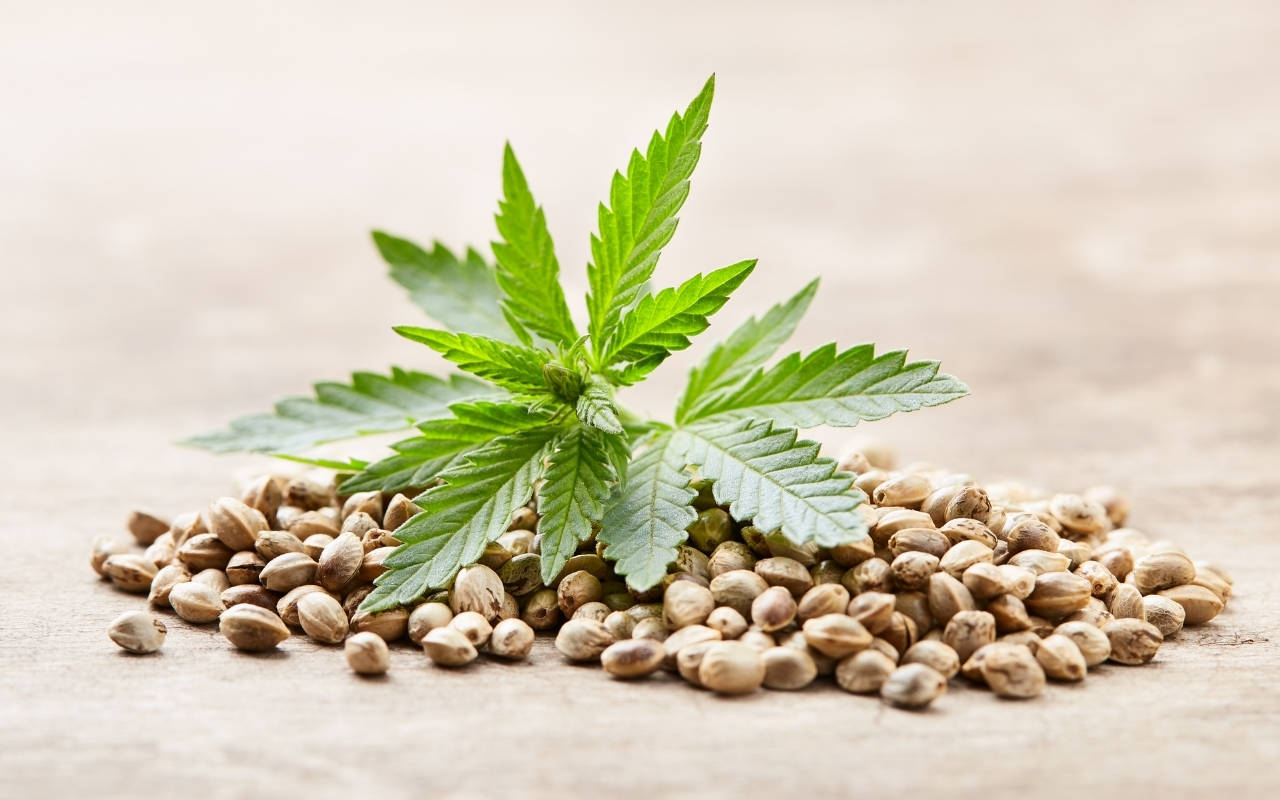
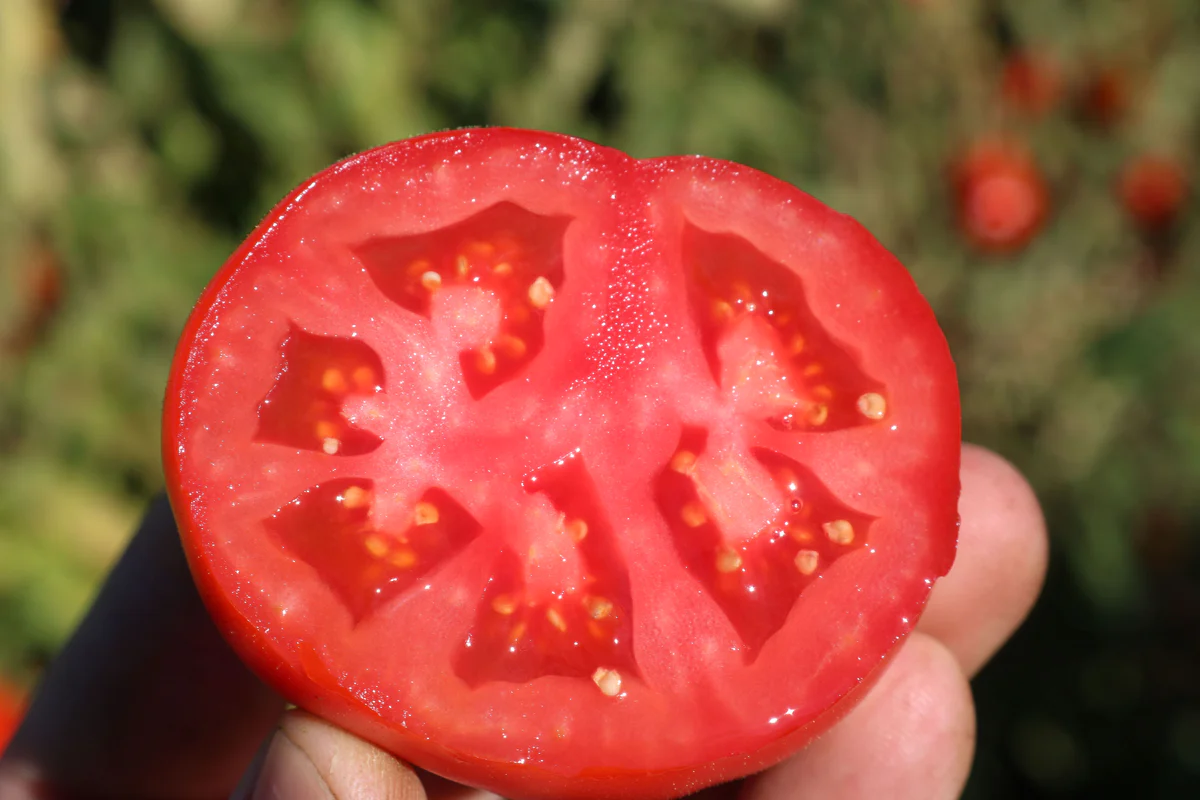
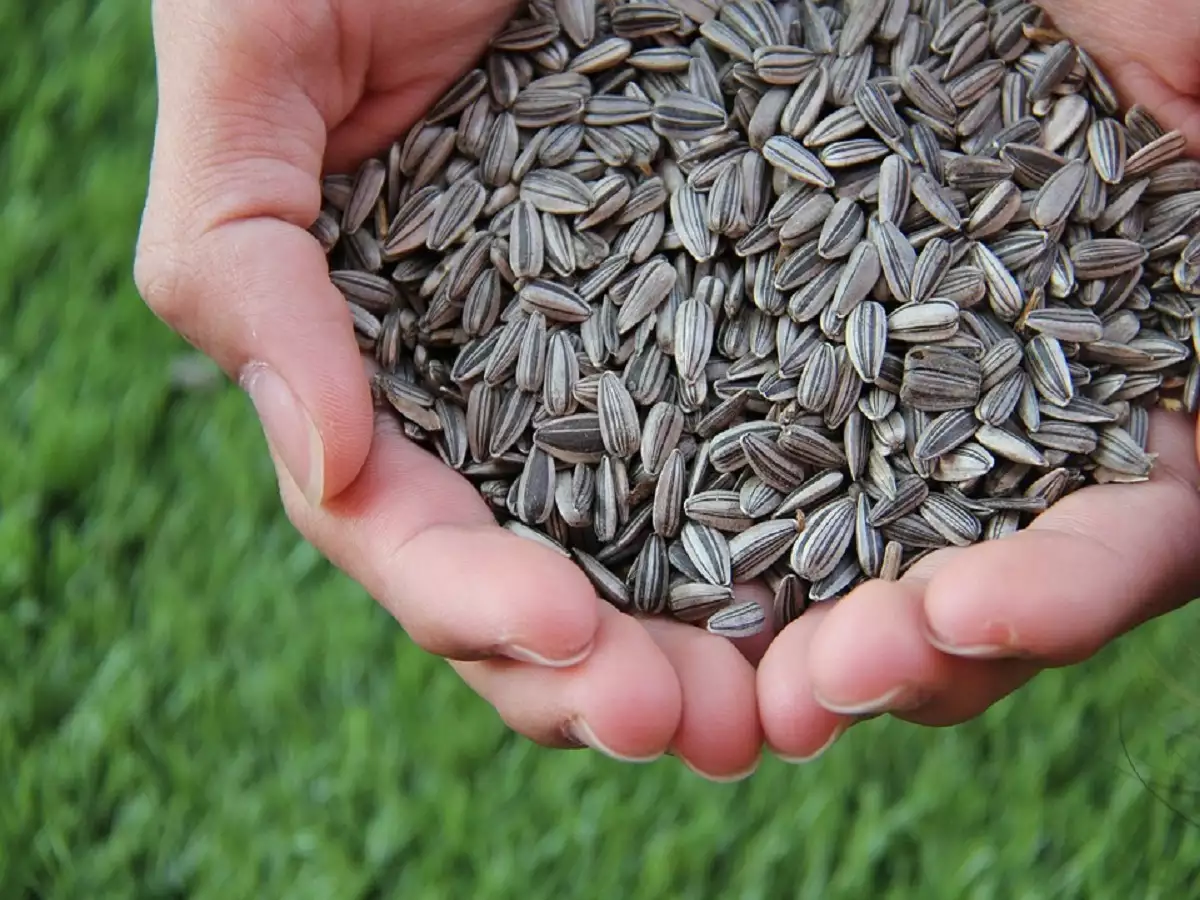
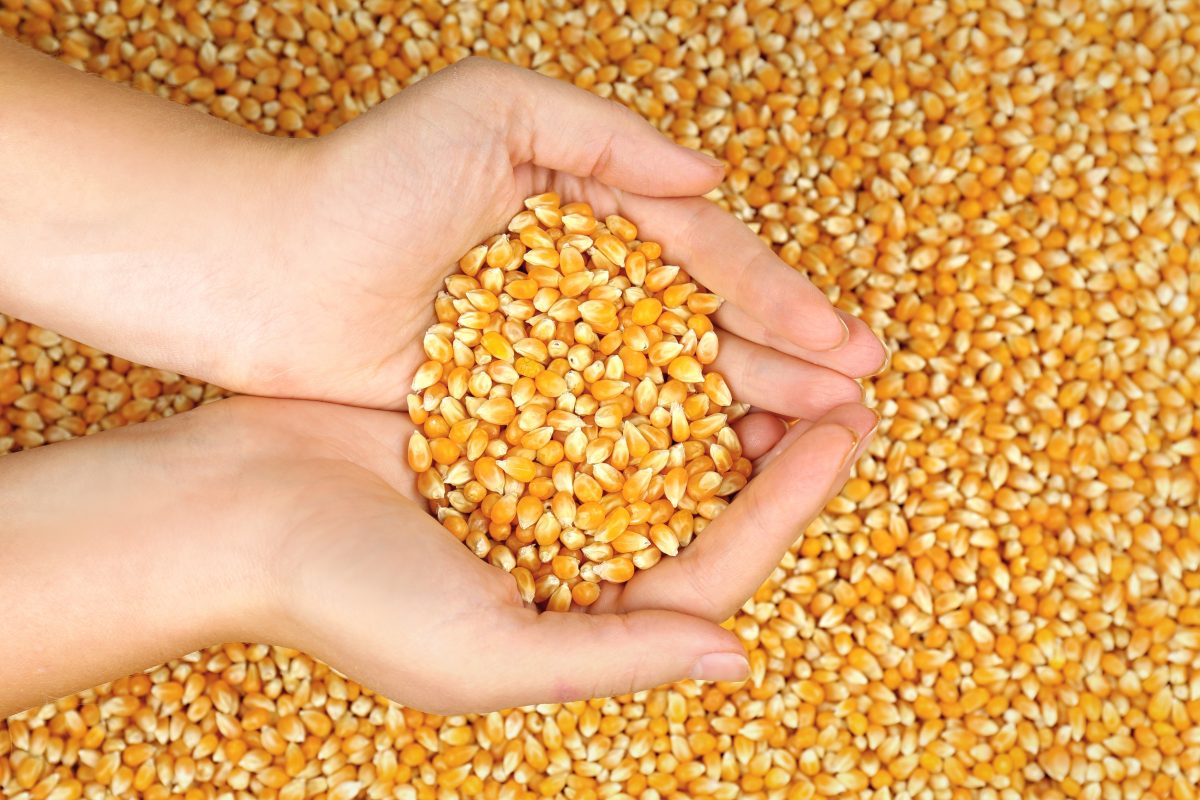
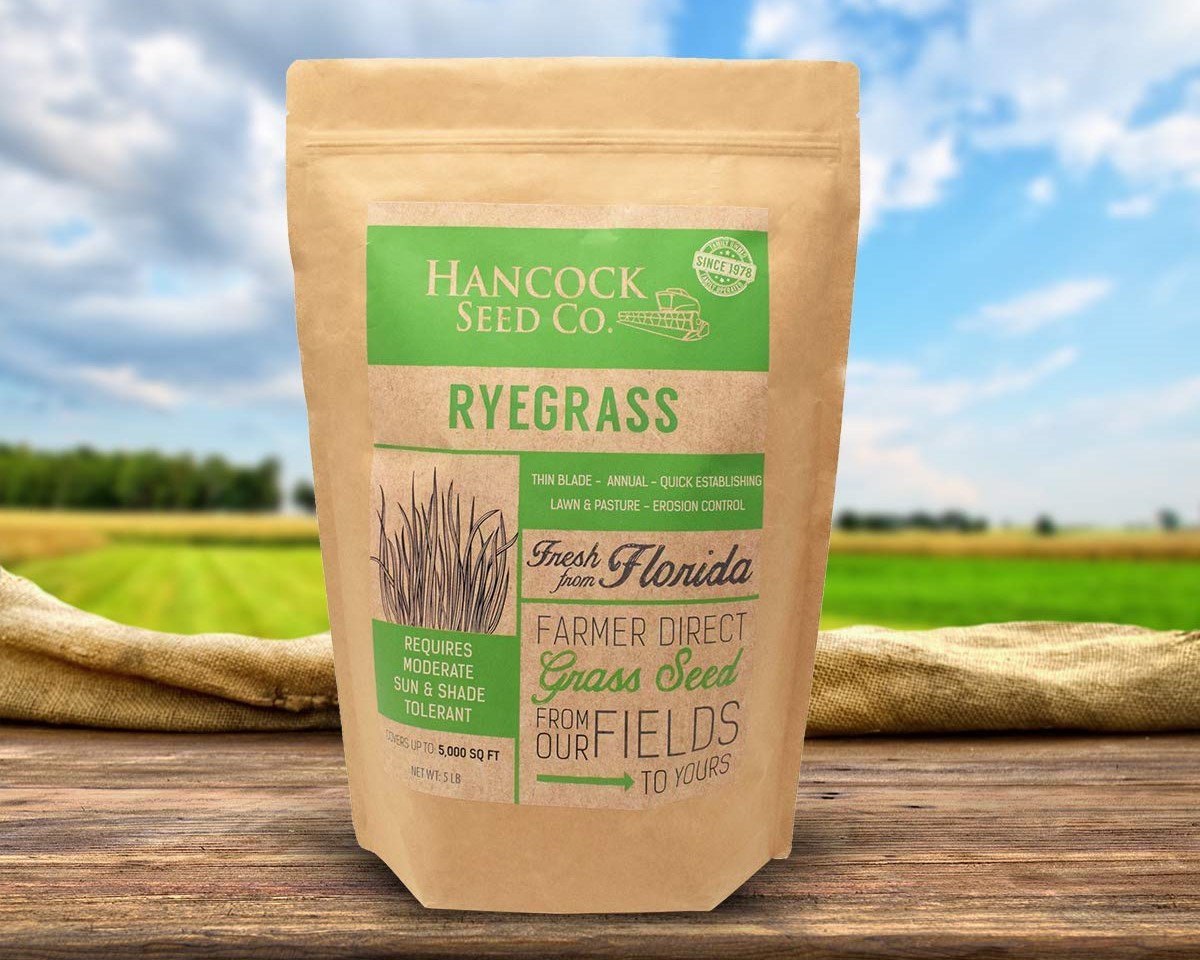


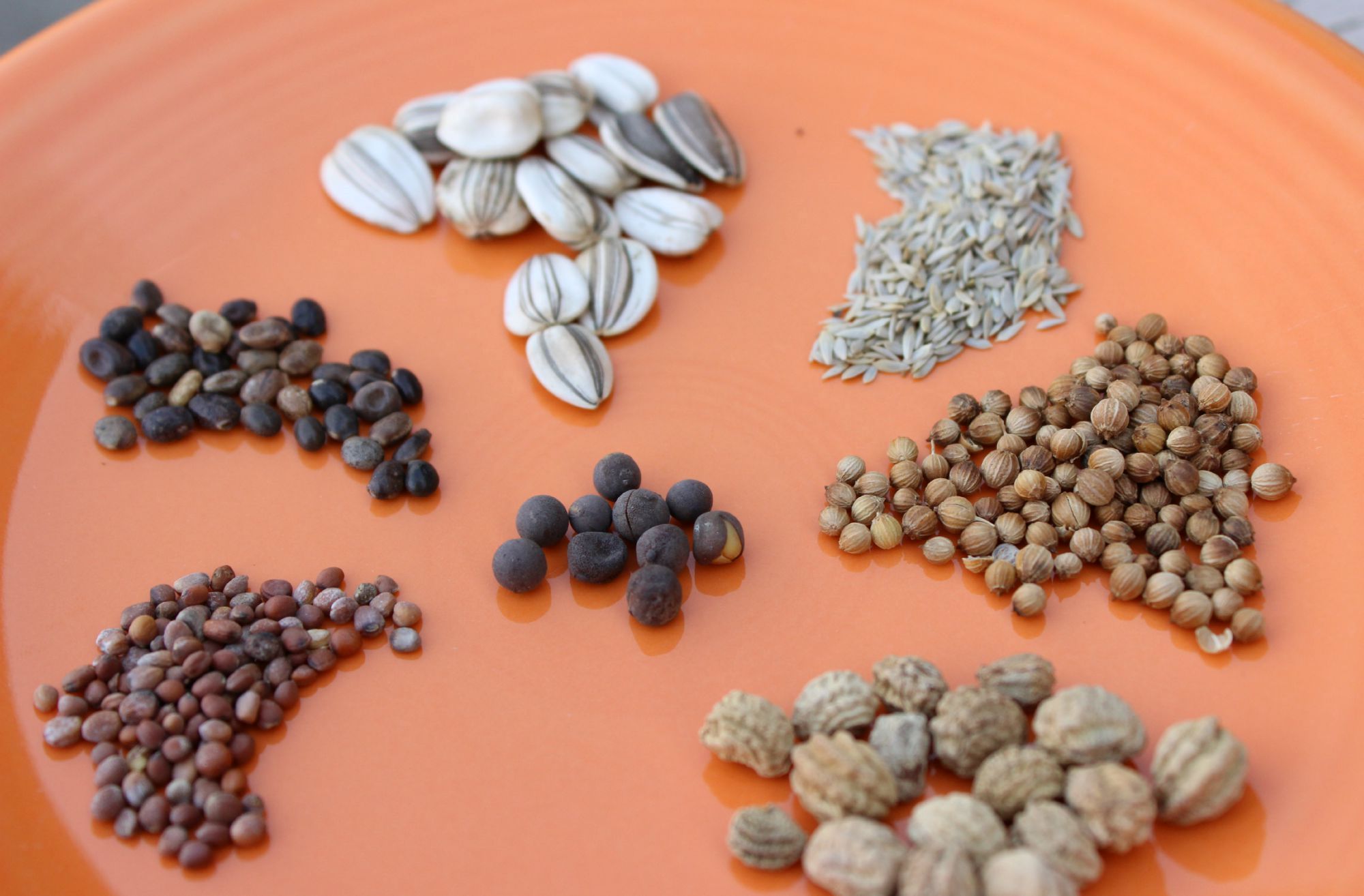
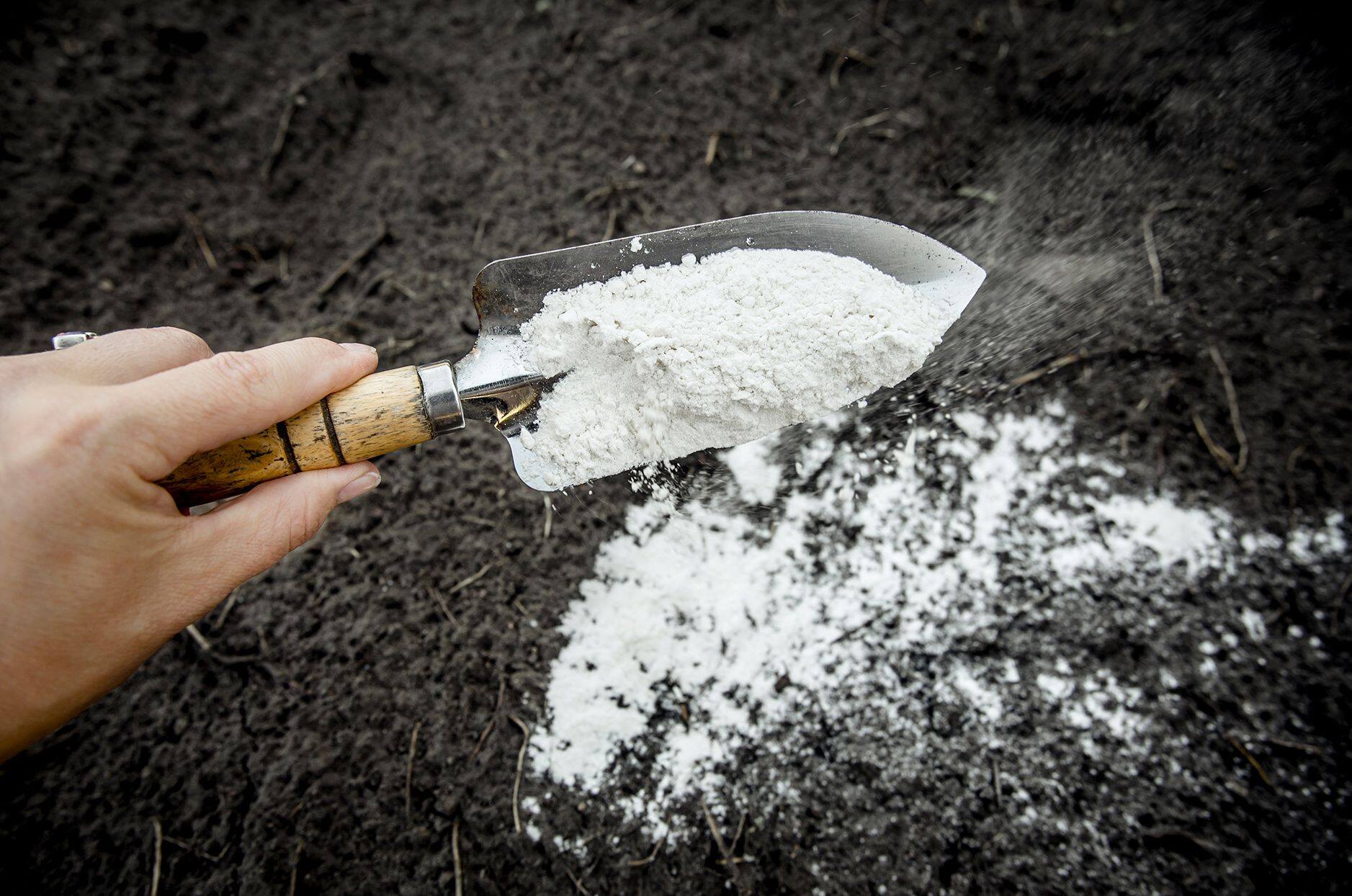
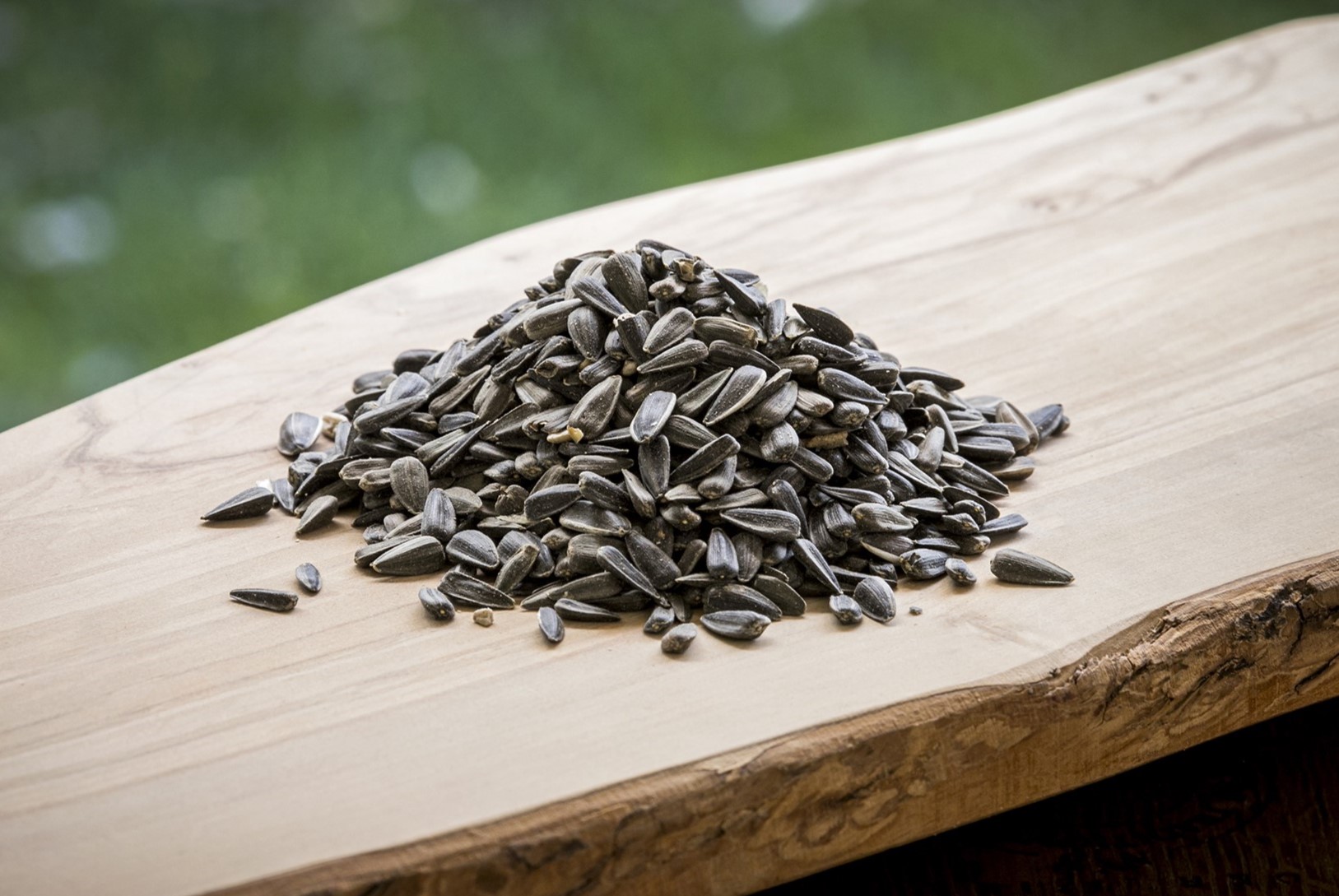

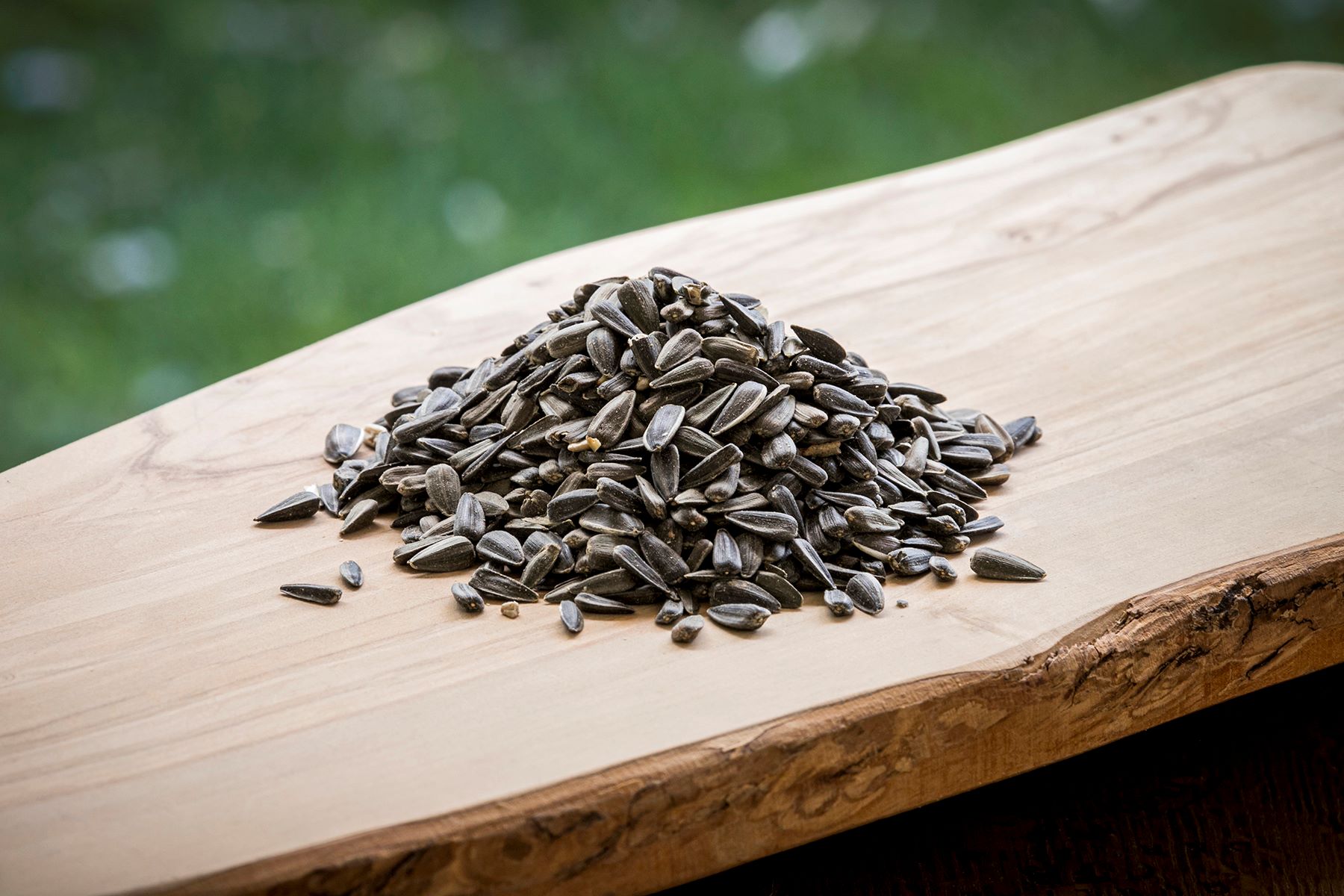
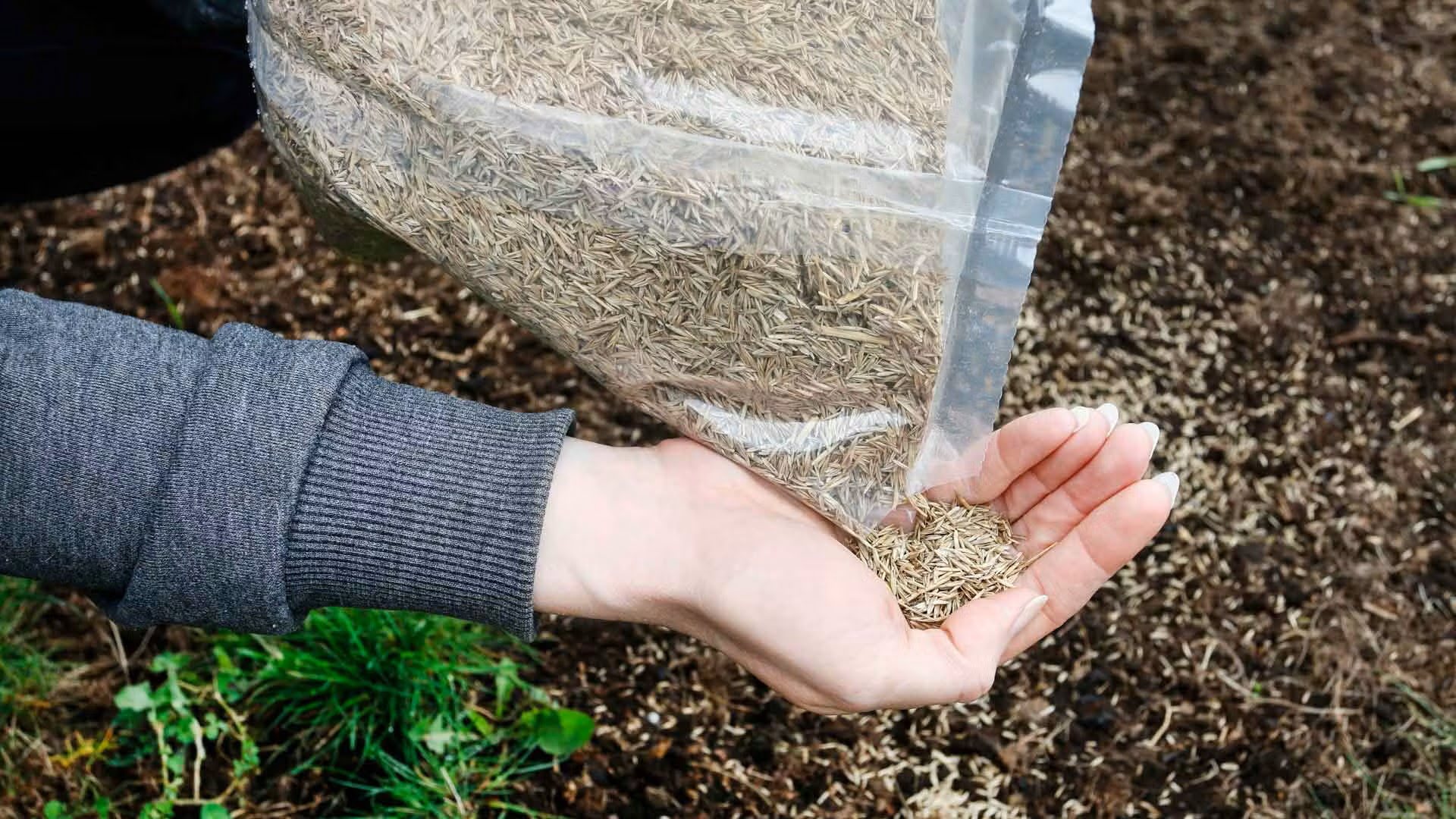
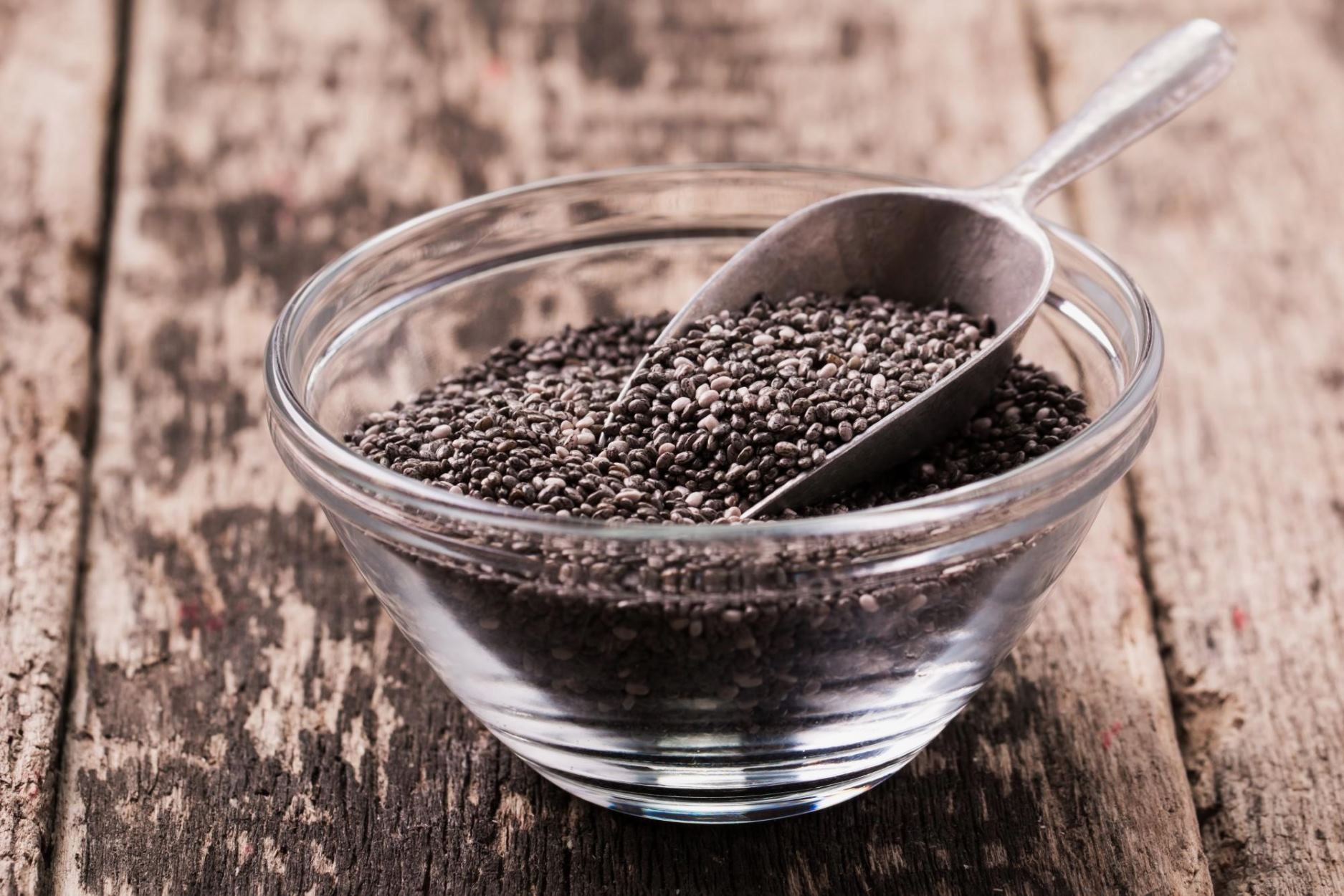

0 thoughts on “How Much Grass Seed To Use”